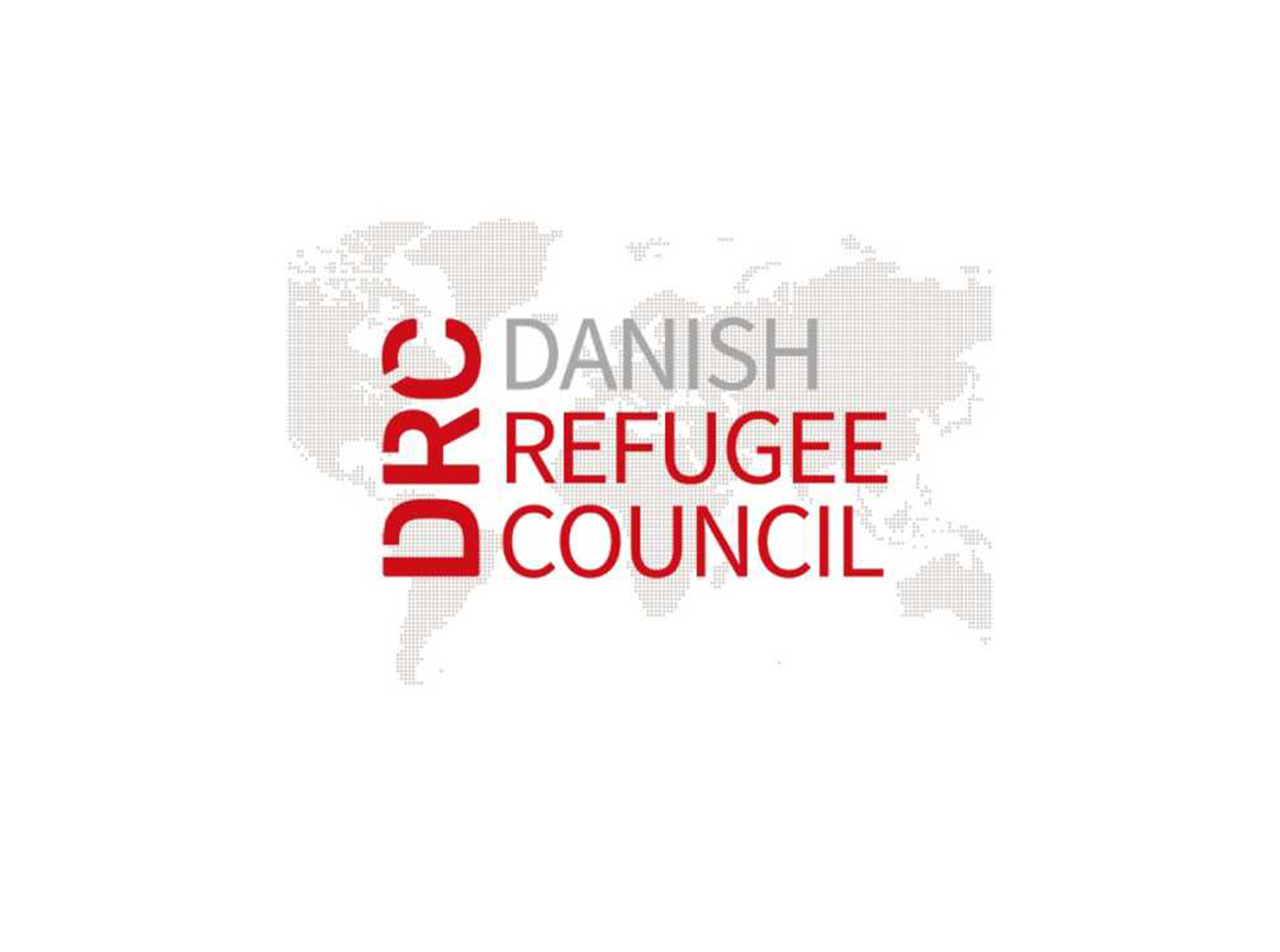Medical Insurance Concept
All health care systems, no matter how rich the country, have the problem that health care costs go up faster than inflation and faster than the economy grows. All systems are looking for methods of paying providers that will:
1. Control costs.
2. Encourage efficiency – providers work hard, treat patients well, and use resources well.
Problems with Out of Pocket Financing
- Inequity
- poor people are paying a higher % of their income for health than rich people.
- Poverty
- ‘catastrophic’ medical expenses tip families from being poor into extreme poverty.
- Failure to get treatment – people are avoiding / postponing modern health care due to expense and this is hurting their health.
- Irrational treatment – depending on the amount of available cash (cut short treatment or over-use).
Advantages of Insurance
- Poverty reduction: risk pooling, so less chance of illness forcing a family into poverty
- More stable & predictable funding source: can lead to services improvement and health sector development. This can lead to increase in utilization & improved health seeking behavior.
- Organizes out-of-pocket spending better than currently: more rational, attract money from market PH.
- Equity: through risk pooling and possibly in the system the richer subsidize the poor families.
Health Service Provision
Providers= those institutions and individuals who actually give health care to the people.
- Two basic types of provision systems
- Public systems: The institutions are owned and managed by the government, Health care workers are employed by the government.
- Private systems: The Institutions are owned by private organizations and health care workers are paid privately, either by private organizations or self-employed.
- Profit making: if money paid in is greater than the expenses the profit goes to the owner(s)
- Not-for-profit: surplus funds are either returned to the users or used for improving services. Social or religious institutions operate this way.
Financing of Health Services
- General Taxation: Health services are paid from the general government budget.Nations that use this system tend to have lower spending on health.
- Earmarked Taxation: A specific tax is collected for the health sector. Some countries tax cigarettes and give part of it to health, because these substances increase health care costs.
- Social Insurance: Social insurance is collected, usually as a percentage of income, and it is used to finance health care services.
- Universal health insurance: which is mandatory and gives universal coverage is essentially the same as paying by general taxation.
Issues in Financing by Taxation or Mandatory Social Insurance:
- Universal system or only selected parts of population covered?
- Progressive or not? Do richer people pay a higher or lower percentage of their income for health care than poorer people?
- Employment related or not? Who pays for the retired, the unemployed, the disabled, and those in the non-formal sector?
- Risk pooling or not?
Out-of-Pocket Expenditure:
- (Fee-for-service at the time of use)
- Pay for whatever services needed when they are needed. No risk pooling.
- It is regressive as the poor pay a higher % of their income than the rich.
Private Methods – Insurance:
People join together to insure themselves against health expenses. In some countries, health insurance is offered by employers as part of the pay package. Several ways to organize health insurance privately: Private for-profit insurance firms, Not-for-profit associations, Community insurance, mutual aid societies.
Public Private Mix:
Almost all nations use a mix of public and private provision and public and private financing.
Insurance: For any insurance: (Premium = Benefits + Admin. cost + Profit)
- Premiums (money paid in) = Benefits (money paid out) + expenses (money to administer the insurance) + profits (if a for profit company).
- Insurance is for high risk, unpredictable, relatively rare events that are expensive
Why have insurance?
Insurance does not create money? Why have it?
- Insurance is most logical for large, unexpected expenditure that can tip people into poverty.
- It is for lumpy expenditure that cannot be predicted.
- For predictable expenses, many people prefer to save. Some (usually rich) countries prefer ‘medical savings accounts’ – good for savings, no risk pooling, excludes the poor, does not really protect against catastrophic expenditure.
Types of Health Insurance:
Mandatory social insurance: –
- State system, a specific payroll tax is collected for a state managed insurance . Easiest to do where formal employment is common.
- State mandated system – required for all employers and employees. The state pays for the poor.
- A problem is that people may see this as just another tax and resist paying. But voluntary insurance has its own problems.
Voluntary
- Private companies: – for profit. In many countries health insurance is one of the benefits of employment. Paid by employers to attract good employees.
- Our company (MIS) is the first insurance company in Yemen (and in Arabic region) specialized in medical insurance.
- Not-for-profit associations: Community based groups, professional associations, labor unions. Join together to insure themselves.
Group or Individual Risk Rating:
The cost of insurance is based on a calculation of how much the insurer is likely to have to pay, a measurement of risk. This is called ‘risk rating’.
- Should risk rating be done as a group / Community or as an individual? Community rating takes the entire community and rates their average risk. Individual rating rates each individual. If you are high risk, then the cost of insurance will be high.
- Insurance uses group / Community risk rating: not to exclude the old, the chronicly sick, the pregnant, …
Adverse Selection:
Patients know more about their health than the insurer. Patients who are likely to have medical expenses are more likely to join a health insurance scheme. This drives up the costs, if only sick people join.
What could be done to combat adverse selection?
- Waiting periods.
- Mandatory systems don’t have this problem, So it is related to Voluntary Insurance.
- Medical exams before joining.
- Entire family to join, not just old and chronic individuals.
- Awareness campaigns: convince healthy to join.
Moral Hazard:
Patients who have health insurance tend to use health services more often. What can be done to combat this?
- Deductibles – insurance covers you only when you reach a certain level. You pay the first (……..) Rial and the insurance every thing above.
- Co-payments – the patient pays a percentage of each visit.
- Waiting lists to get services that are not emergency.
- Capitation – the provider has no tendency to provide over- service.
Development of Insurance in most countries:
Different population groups are often insured by different systems, to be joined in one scheme after decades:
- Civil servants: ‘easiest’ to organize = compulsory
- Formal sector = salaried employees = usually compulsory
- Informal sector = biggest part of society (> 80%) voluntary insurance: e.g: pilot voluntary community insurance, private insurance.
- about the poor: government still has a major role to protect the poorest families.
Expectations of Health Insurance:
Many stakeholders: The insured people, The responsible agencies – government, Health insurance agencies, Health care providers
- Insured persons expect services to be of a high quality (free choice, unlimited benefits, new technologies, the right to complain, no waiting), when contributing or paying: expect the contribution to be low, to be stable and not increasing, and to have transparent management of funds.
- Employers: expect to be relieved of paying for medical expenditure, to have simple procedures, to have a low rate of contribution, and to have healthier employees
- Government expects: An equitable, affordable, sustainable system, nationwide system, coordinated, professional system, uniform and transparent, no crisis, no collapse, no scandals, no need for ongoing subsidies.
Payment of Providers:
- Global budget: the provider is given a fixed budget to provide services.
- Fee for service: the provider is paid for each piece of service it provides.
- Capitation: a provider is paid a fixed amount for each person signed up to receive care whether they come or not.
- Diagnosis related group (DRG) payment: Paid a fixed amount for each diagnosis.
Capitation:
Several countries (rich or poor) chose capitation as its method of payment. This was done because of its advantages: Simpler to manage for the insurance. Less paperwork. Provides regular income to provider. No tendency of providers to blow up costs & over-prescribe. There is a tendency for patients to use services too much and for providers to do too little. This must be managed + training courses for staff on ‘Rational Use of Drugs’ & ‘Management of Capitation funds’.
Managing Capitation:
Strategies to control costs: Gatekeeper concept – specialists on referral only. Use of primary health care, Essential drug lists, Prevention, Shorten hospital stay, use only essential tests, Referral of expensive, treatment decisions to more senior decision makers, Doctor attitude change: give advise, good conversation, good physical exam, and less or no drugs! if patient not really sick.
Capitation Risks: Giving too Little Care – How to avoid?
Quality Assurance: the insurer must monitor the quality of the service, monthly reports, compare insured with non-insured patients.
- Freedom: the patient must have the freedom to choose a different provider. The hospital cannot annoy the patient too much or they will drop-out.
- Competition between providers to attract patients improves quality.





Leave A Comment